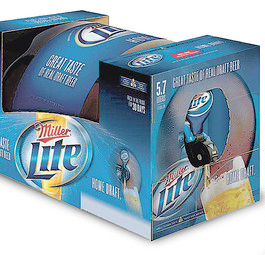I love books as much as I love beer so when you combine the two you get, Awesome! So when I saw this on the Thank Heaven for Beer blog, I was very interested…
“The Essential Reference of Domestic Brewers and Their Bottled Brands is the brain child of Micheal S. Kuderka, whose purpose in creating this reference book was “to be the industry recognized resource for information on all domestic beer and brands…” And let me tell you, he is is doing a great job.
This book is exceedingly exhaustive, easy to navigate, full of helpful charts and figure, and just what it aims to be: a great resource. The book walks the beer business man and the simple beer geek, like myself, through the domestic beer world starting with and alphabetical listing of breweries, followed by pages of color and bitterness charts, beer style index, state availability, geographic brewery index, commentary, supply charts, and full brewery portfolios. I do feel that in further editions, the book will add to the content, but already it is brimming with necessary information.”

